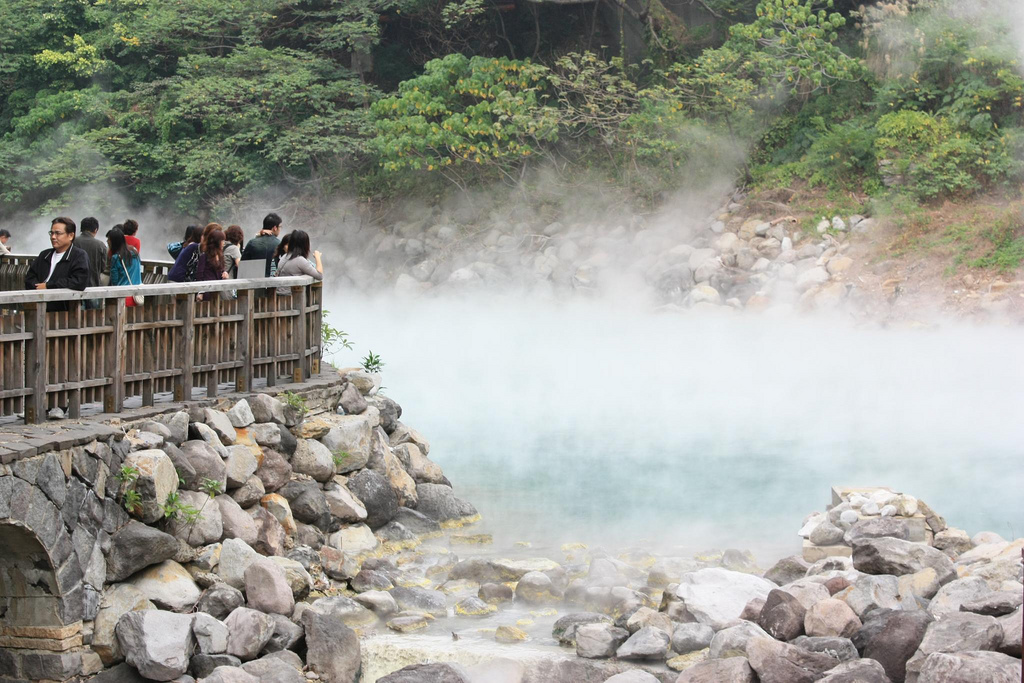Scientists describe opportunities for geothermal in Taiwan
In a press release in the Taipei Times, academics are promoting the move to geothermal as a relatively cheap, safe and clean resource. Here are some examples.
As stated in the news article, Several academics and specialists yesterday said Taiwan has the natural resources to develop geothermal energy, but there are still many obstacles that need to be overcome, including strict regulations and a lack of government funding.
While government officials from related agencies say they look favorably upon developing geothermal energy, legislation needs to be amended and a Bureau of Energy official said it would be difficult to replace nuclear power in the short term.
The remarks were made at a public hearing on developing geothermal energy in Yilan held by Democratic Progressive Party (DPP) Legislator Chen Ou-po at the Legislative Yuan in Taipei yesterday.
Song Sheng-rong, a professor at National Taiwan University’s Department of Geosciences, said an estimated 33,640 megawatts of electricity could be generated by using geothermal energy in four main areas — Hualien and Taitung, Nantou, Yilan and the Tatun Volcano Group in Taipei.
It is wrong for the government to use a failed geothermal power plant test in Yilan County’s Qingshui between 1981 and 1993 as an excuse for refusing to invest in geothermal energy, Song said.
Song said the early stages of developing geothermal energy — exploration and drilling — have the highest risks and would need more government support, but on the whole, geothermal energy is relatively cheap, safe and clean.
After analyzing the environmental conditions at the four main hot spring and active fault areas, Chen Wen-shan, a professor at National Taiwan University’s Department of Geology, said Lanyang Plain in Yilan County is the best area to develop geothermal energy, while mountainous areas of Nantou County are probably only suitable for small-scale development.
Lee Chao-shing, professor of applied geosciences at National Taiwan Ocean University, said the geysers in northern California are the world’s largest geothermal field, containing 22 geothermal power plants which can generate about two times the electricity of the proposed Fourth Nuclear Power Plant in New Taipei City’s Gongliao District.
Moreover, geothermal energy accounts for 25 percent of Iceland’s energy resources and the country has the least carbon emissions in the world, he said, adding that nearby countries such as the Philippines and Japan are also developing geothermal energy and Taiwan should make use of this natural energy resource too.
Source: Taipei Times Website


















